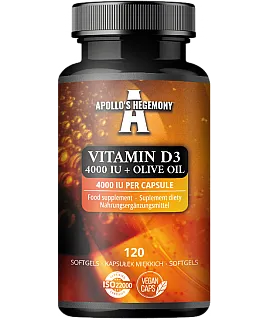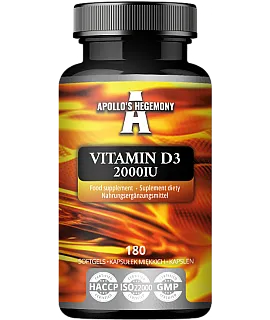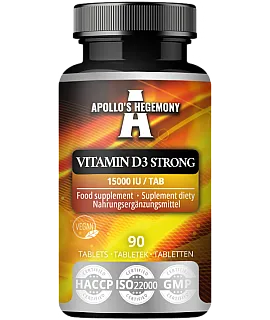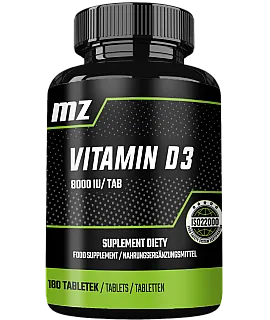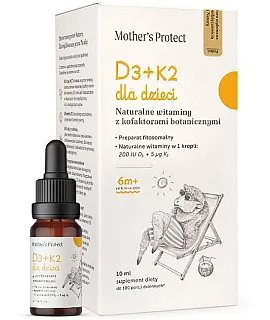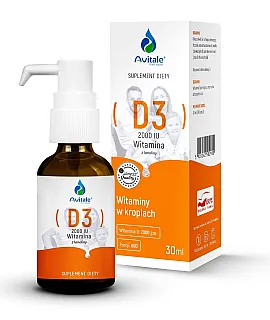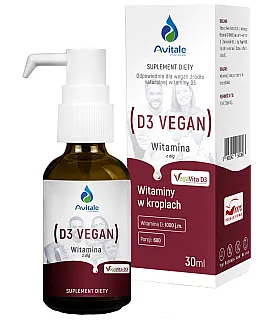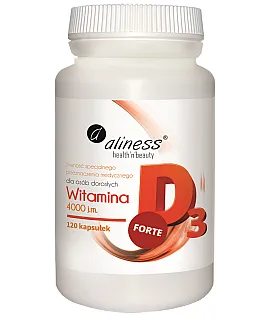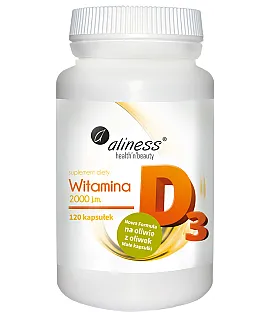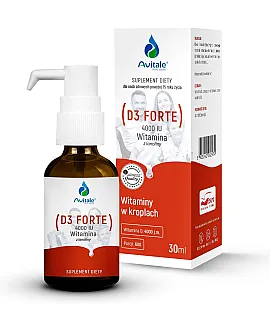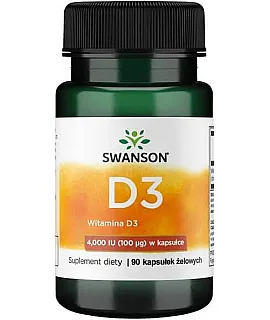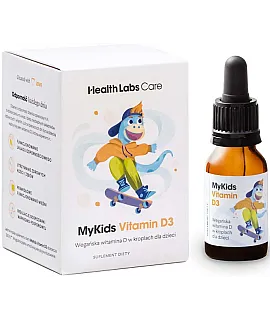Vitamin D
Vitamin D is a unique vitamin. In the system, it plays a role of a prohormone rather than a vitamin. As one of the few, it can be synthesized in a human body – it is formed in epidermal cells as a result of exposure to sunlight. The most important forms of vitamin D are ergocalciferol (vitamin D2) and cholecalciferol (vitamin D3), which in the body convert to the biologically active form of calcitriol (1.25 (OH) D3).
The main role of vitamin D is to regulate the calcium-phosphorus metabolism, which is crucial for the proper growth and mineralization of bones and teeth. In addition, it is credited for immunomodulatory and antidepressant effects. It also has a beneficial effect on the endocrine system, promotes an increase in testosterone level and insulin production, and improves insulin sensitivity. Increasing the supply of vitamin D is often recommended in case of autoimmune diseases.Read more
As the recent studies show, nearly 90% of our continent's population has too low vitamin D levels in the body. This is due to a small number of sunny days, but also the overuse of sunscreens and spending time indoors instead of outdoor. It is a good practice to supplement the vitamin D deficiency with supplements. Our offer includes a wide selection of preparations with vitamin D. Diversity of doses is so large that everyone can easily find a supplement adequate to their needs.
